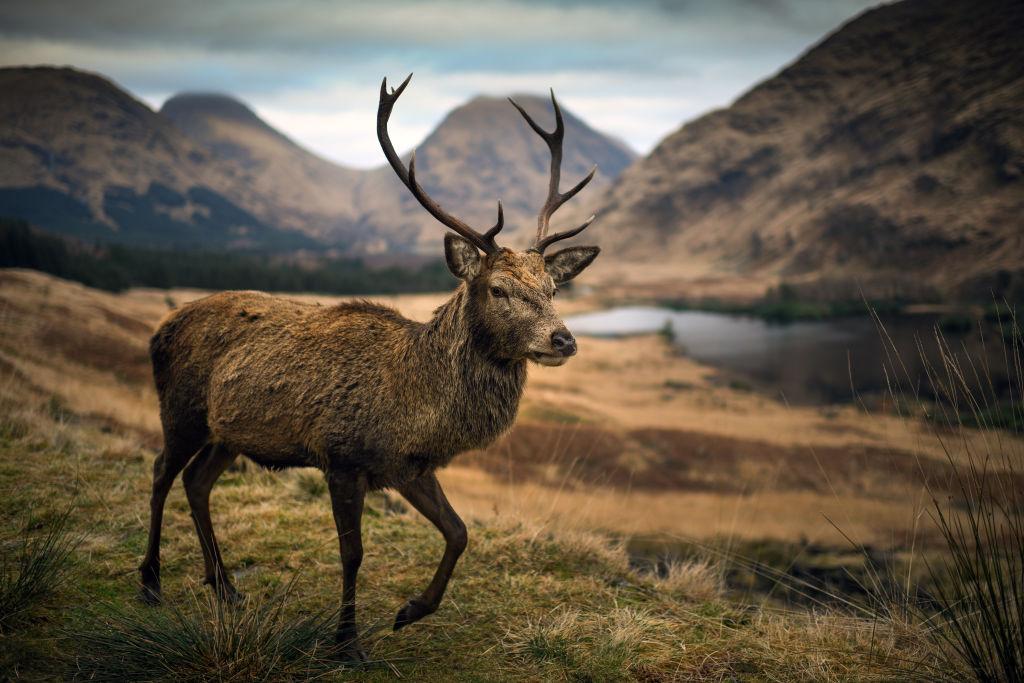The South Australian (SA) government has announced a plan to eradicate feral deer, one of Australia’s worst pest animals in rural areas.
The feral deer eradication plan focuses on ridding the long-term impact of the pest within ten years.

The South Australian (SA) government has announced a plan to eradicate feral deer, one of Australia’s worst pest animals in rural areas.
The feral deer eradication plan focuses on ridding the long-term impact of the pest within ten years.